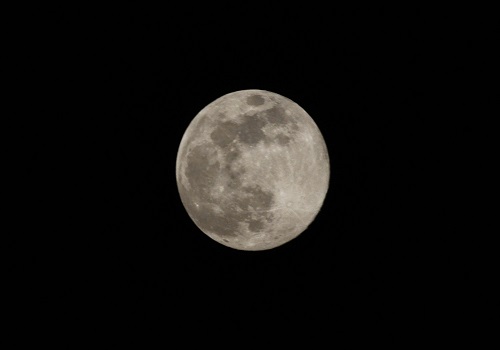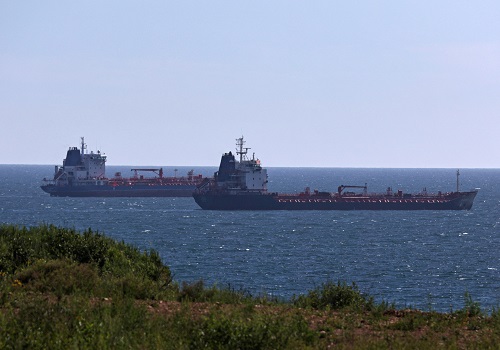NASA picks 3 firms to design nuclear power plants for Moon

Follow us Now on Telegram ! Get daily 10 - 12 important updates on Business, Finance and Investment. Join our Telegram Channel
The US space agency NASA has picked three design concept proposals for a nuclear fission surface power system design that could be ready to launch by the end of the decade for a demonstration on the Moon.
This technology would benefit future exploration under the Artemis mission that aims to land the first woman and the first person of colour on the lunar surface and establish long-term exploration in preparation for missions to Mars.
Lockheed Martin, Westinghouse and IX (a joint venture from Intuitive Machines and X-Energy), won the 12-month contracts, to be awarded through the DOE's Idaho National Laboratory, which are each valued at approximately $5 million.
The contracts fund the development of initial design concepts for a 40-kilowatt class fission power system planned to last at least 10 years in the lunar environment.
A demonstration of such systems on the Moon would pave the way for long-duration missions on the Moon and, ultimately, Mars.
"New technology drives our exploration of the Moon, Mars, and beyond. Developing these early designs will help us lay the groundwork for powering our long-term human presence on other worlds," Jim Reuter, associate administrator for NASA's Space Technology Mission Directorate, said in a statement late on Tuesday.
"The Fission Surface Power project is a very achievable first step toward the United States establishing nuclear power on the Moon," added Idaho National Laboratory Director, John Wagner.
The Phase 1 awards will provide NASA critical information from industry that can lead to a joint development of a full flight-certified fission power system.
Fission surface power technologies also will help NASA mature nuclear propulsion systems that rely on reactors to generate power.
These systems could be used for deep space exploration missions.












 320-x-100_uti_gold.jpg" alt="Advertisement">
320-x-100_uti_gold.jpg" alt="Advertisement">












